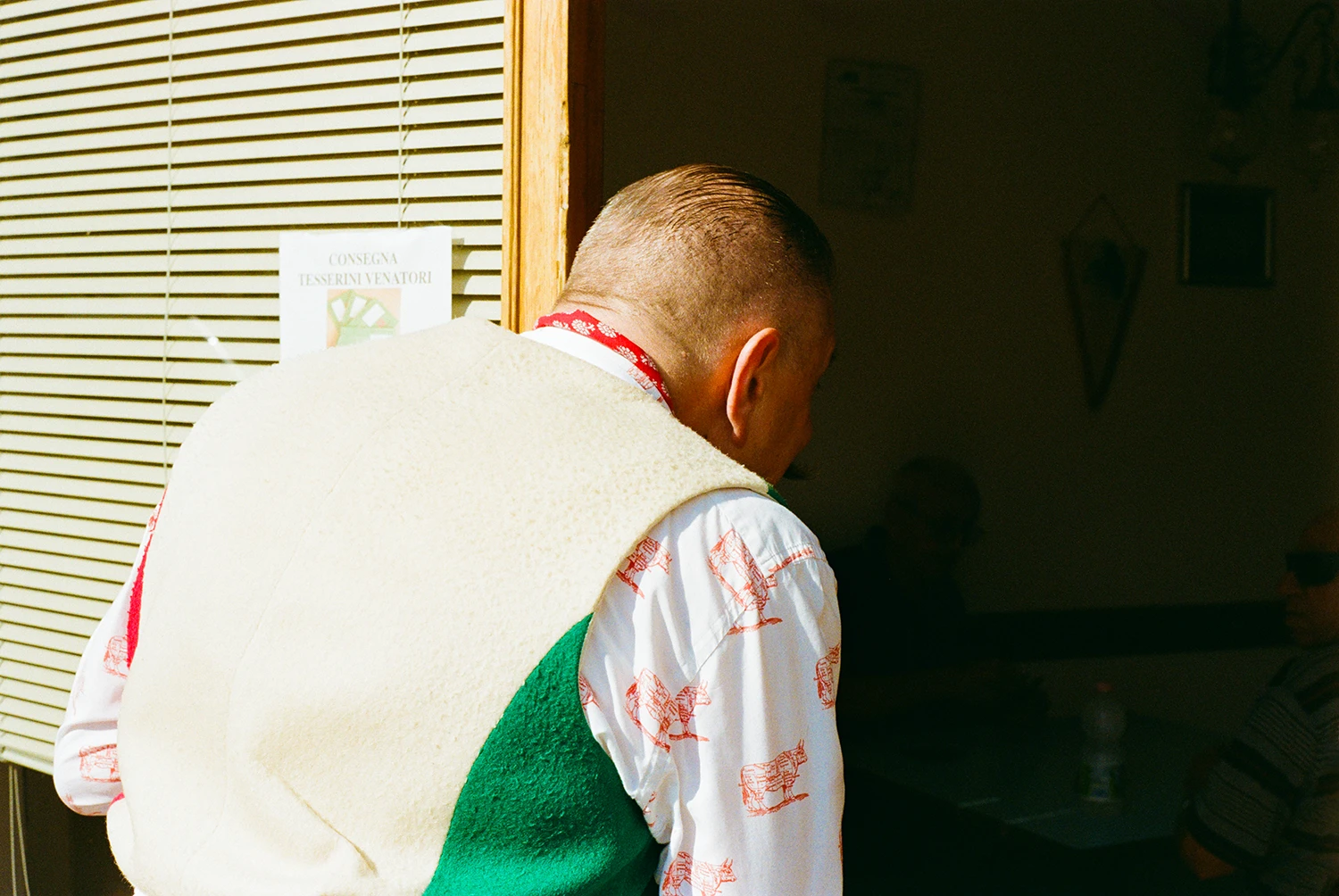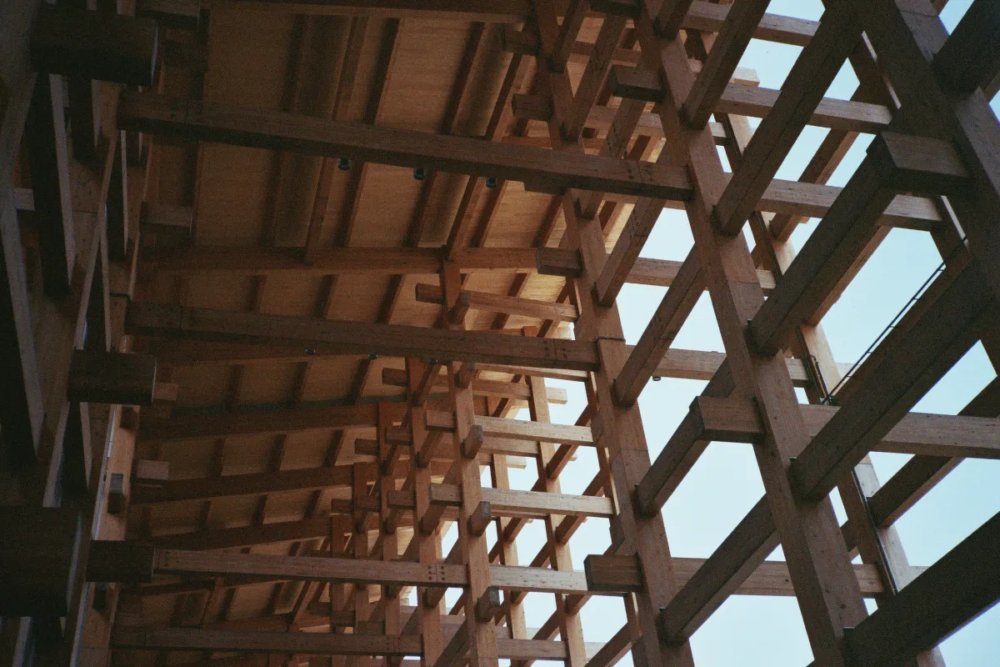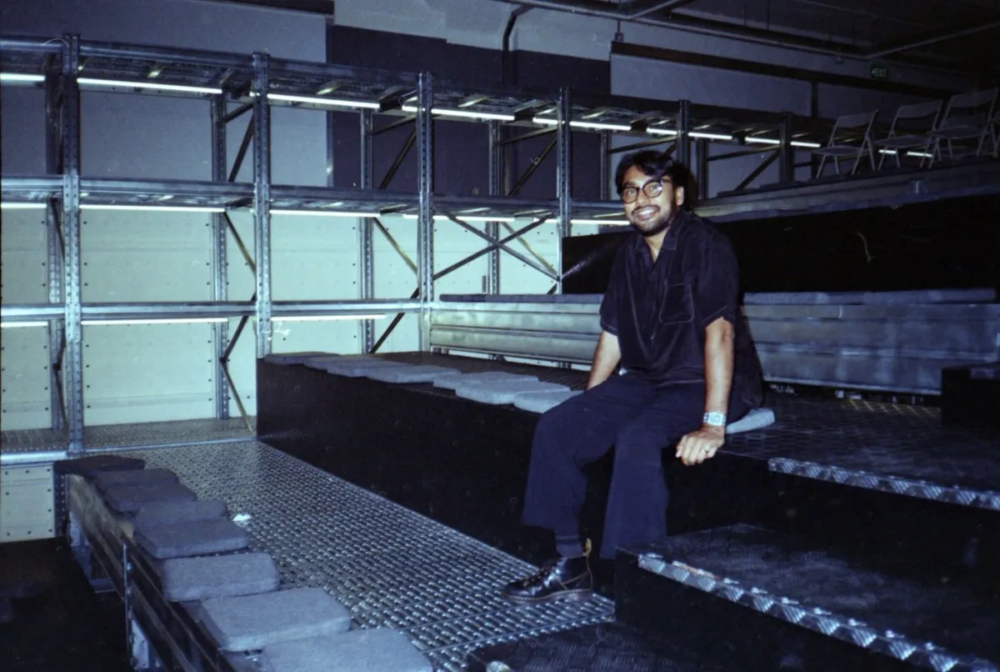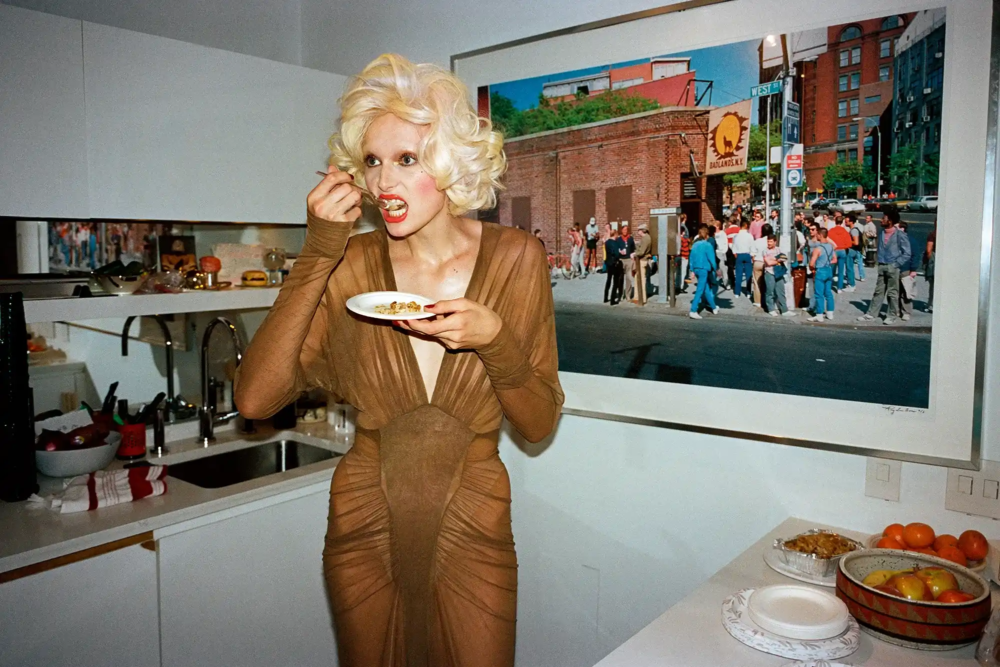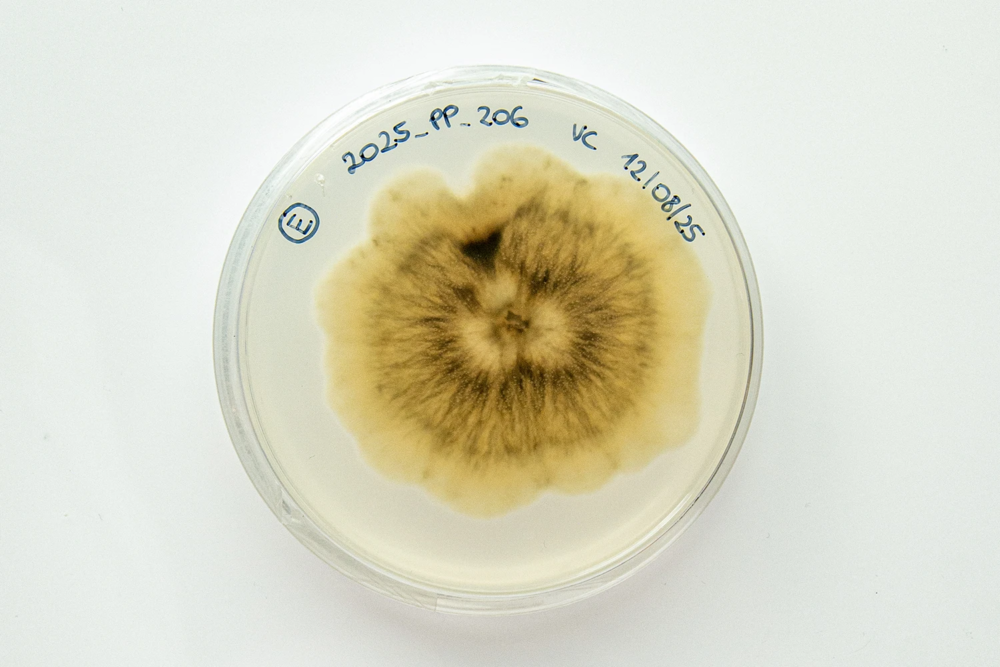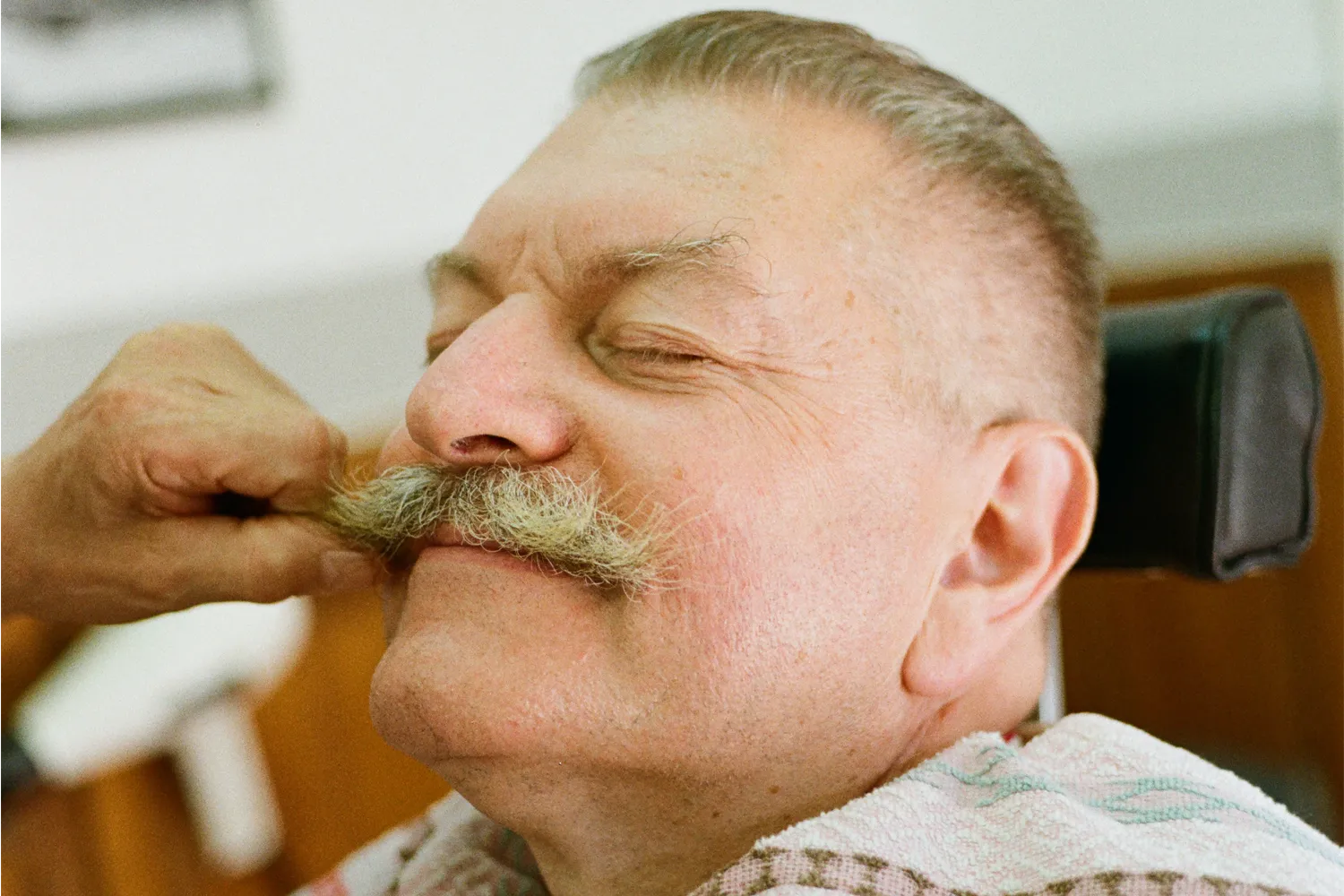
Dario Cecchini: I am not mad at vegetarians
When Dario Cecchini was a child, he wanted to become a vet – the death of his father changed his plans and he went from hating his job to becoming a celebrity butcher
“This job revolves around death. Meat is a sacrifice”
Sharpen the blade, cut the tendons. Take the heart out, remove the brain. Cook them and eat them if you wish. Tongues, livers, and intestines. A day in the life of a butcher to some people may seem like a day in the life of a psycho killer. It’s rough. It’s raw and bloody. Chianti-based Dario Cecchini – one of the world’s most renowned butchers, as seen on Netflix’s Chef’s Table, season 2 – doesn’t shy away from it: “This job revolves around death. Meat is a sacrifice”. The acknowledgment is followed by a clarification that could sound paradoxical: to him, butchery is poetry. A vegan’s nightmare. If there’s anyone who can explain to non-meat eaters why butchery is a form of poetry, it’s Mr. Cecchini. Visiting England’s royal factories with chef Sergio Mei, he greeted King Charles by saying, To beef or not to beef, a Tuscan humor.
Putting Panzano in Chianti on the map
Cecchini became popular in 2001, around the time intensive farming practices got so problematic that animals became sick. It was the mad cow disease. The EU decided that the Florentine Steak, with the bone still attached to the meat, could no longer be sold.
He theatrically organized a mock funeral: a steak in a coffin drew dozens of journalists to Panzano in Chianti, Cecchini’s hometown. Born in 1955, unlike many others, he still lives in this small village, roughly an hour’s drive from Florence, in the company of a little more than a thousand other residents. Every year, far more people travel there.
A good part of them does that because of Cecchini. With the help of his American wife Kim Wicks, he has opened three kitchens – the word restaurant doesn’t please him – all connected to his butchery, Antica Macelleria Cecchini: Solociccia, Officina della Bistecca and Tagli Cecchini.
He put Panzano on the map for international tourists, all while regiving prestige to a profession that’s slowly disappearing in Italy. The butcher. Not as glamorous as other Chianti’s staples, like truffles or wines.

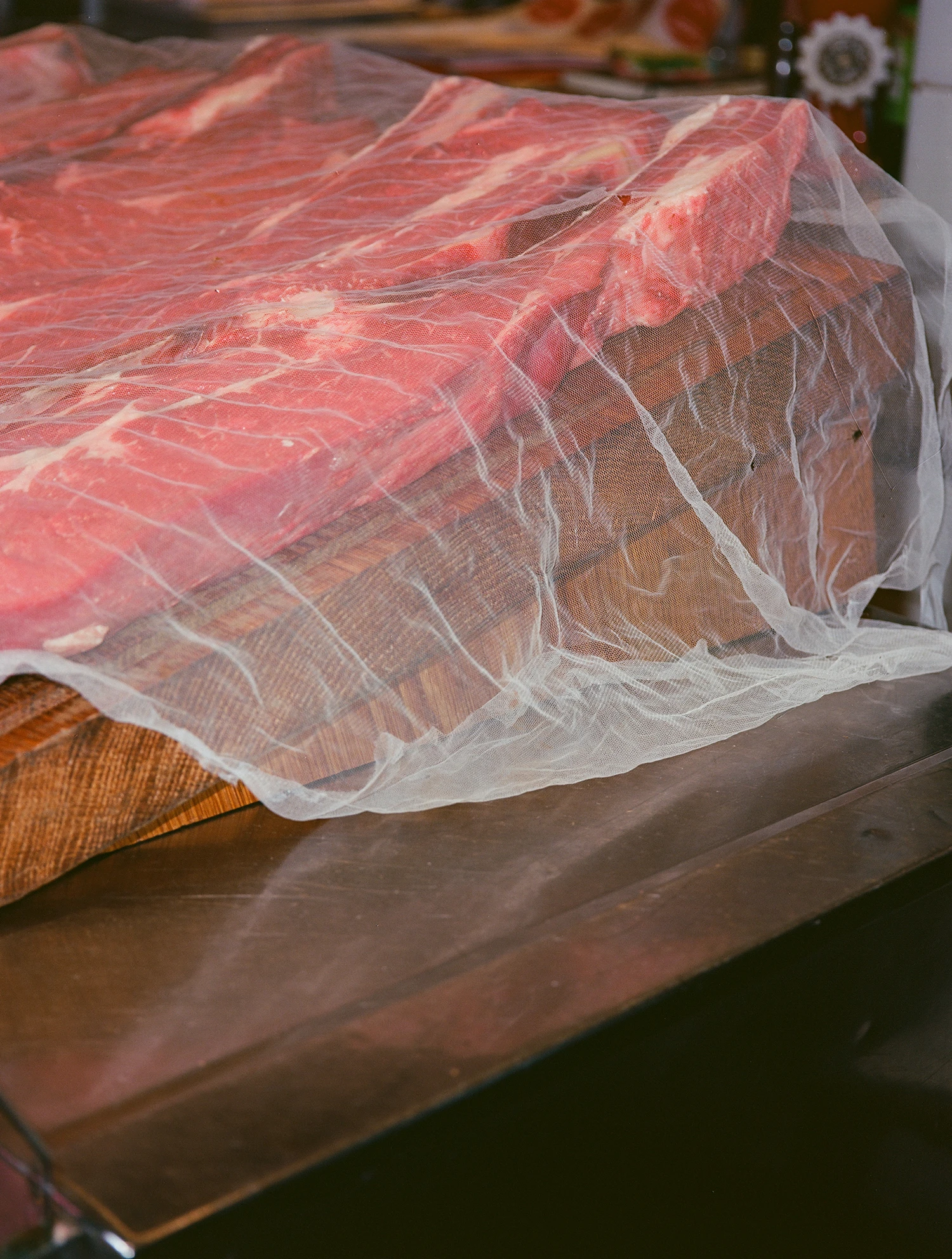
The butcher that wanted to become a vet
Chianti’s cold winters and sun-dried summers marked the days during Cecchini’s upbringing. Everything revolved around breeding. “There were still sharecropping families. I started visiting farmhouses with my father when I was three years old: I’ve seen things humans can’t imagine. I remember the smell of manure, the fear when bulls escaped. Then came the countryside depopulation. Urbanization and Fiat employees. Silence enveloped us”, he recalls. As a toddler, Cecchini “grew up in my dad’s butchery, surrounded by carnivores”. His family ate muzzles, guts, eyes:
“Grandma cooked blood and tripe. All the parts the parts the clients didn’t want. I ate my first steak when I turned 18. I was so excited. I finally had access to the good part of the animal. Then I realized how lucky I’d been: steak was good, but what I had been eating was just as valuable”.
Listening to Cecchini going through his culinary memory sounds weird, knowing what comes next: “I wanted to be a vet. Animals were part of the families. Where I’m from, the vet was the doctor. Until I turned 28, when I was sick, I used to go to the vet. It was the closest person to the farmers. Humans’ life was intertwined with animals’ life. Being a vet wasn’t about curing cats and poodles. The purpose was to give farmers, my people, a better life. Plus, not many of us could actually afford a real doctor”.
Even today, after all the social and economic earthquakes that changed rural Italy forever, Cecchini sticks to his point: “What I do is still a branch of veterinary sciences. Caring about animals is caring about families. Nature is a counterbalancing force. If we mistreat our animals, we mistreat ourselves. If we distress them, we eat distress. A happy and healthy livestock turn into good nourishment. Good butchers, just like vets, are still making families happy”.
1975 – the year that changed everything in Dario Cecchini’s life
When Cecchini turned 19, full of hope, he moved to Pisa to pursue his dream. He was now studying Veterinary Sciences at university. It was time to be on his own for a while. Back then, he didn’t want to work in his father’s butchery. Destiny had another plan. “It was a Monday morning, 1975. My sister called me. Babbo – “dad” in Tuscan dialect – was sick. Cancer had already taken my mom. What could I do? I had to leave everything. Two days later I was already in our shop. I had to fight for survival. we had no money left. We used them for my mom’s medical bills. I wasn’t even twenty and I craved freedom. It felt like dying. As a child, I had so much happiness that I did not have the skills to deal with reality”. Cecchini took control of his family’s shop, becoming the eighth member of his family to wear a butcher’s apron. He wasn’t having it. His perspective was different than the one he has today. Being a butcher was just killing animals. He wanted to save them. Plus, he didn’t even know how to properly cut the meat. Clients weren’t coming. Money was lacking.
Butchers as Renaissance artisans
The much needed shift eventually came. “When dad was dying, he told me that if I ever needed help, I should call his friend Orlando Picci. I did. He’s like Yoda from
Star Wars to me. I was forced to stay in the shop and he saved me. Orlando, my guardian angel”, says Cecchini. Through Picci, he developed a new understanding of the once unbearable animal death. “It’s not about killing animals. It’s about handling pieces of life. A butcher and an animal share a common path of life. They walk together. I had to look at my job in the same way artisans did during the Renaissance. Their philosophy was to be masters in their crafts. Own it. It’s not even about money. That’s what intensive farming looks for. Old farmers used to say that we should all leave the Earth a little better than we found it. That’s what I hope to do”.
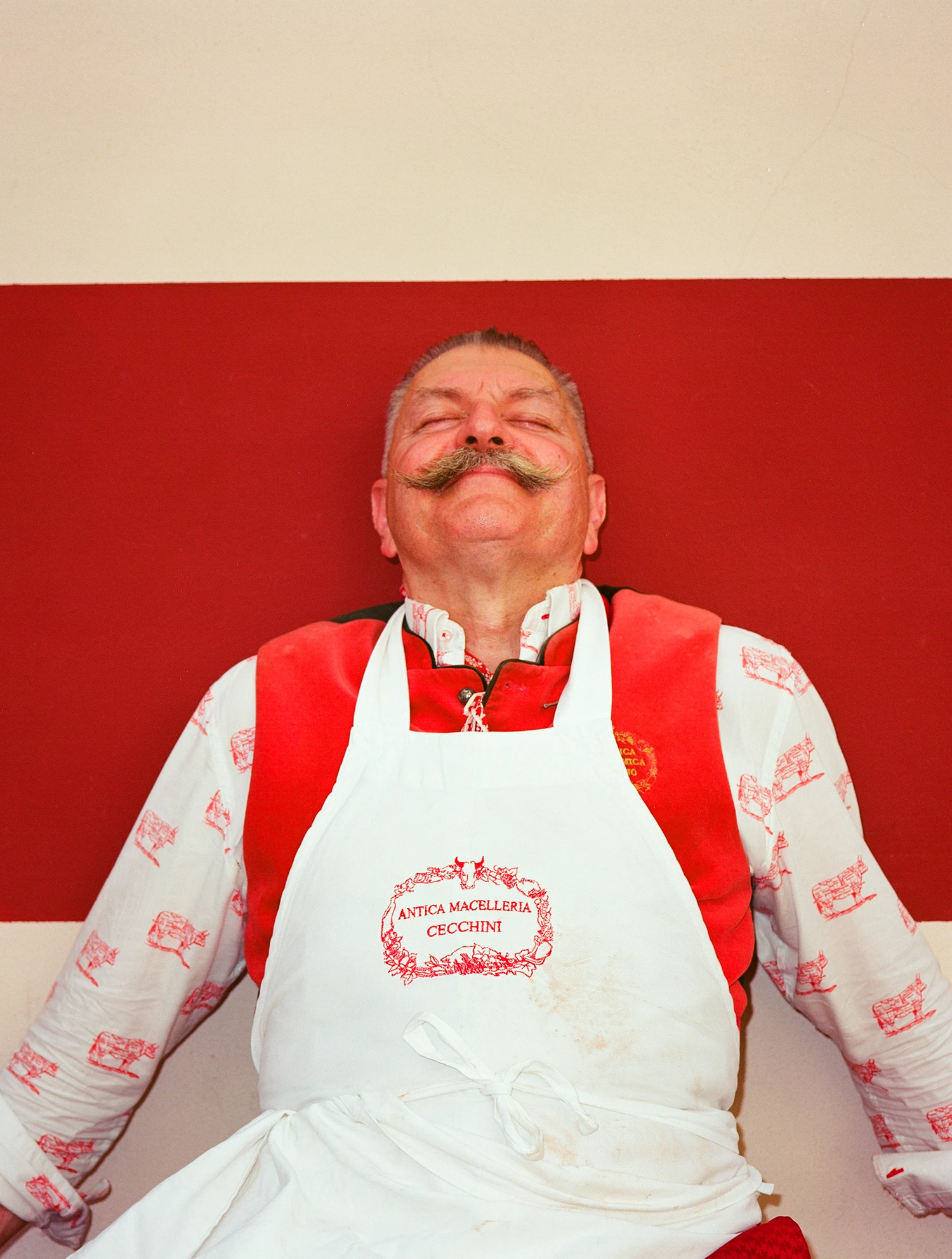

Eat seitan
The words respect and responsibility are the words that come up the most when Cecchini talks about his relationship with meat. Even after opening his restaurants – Solociccia was the first one, in 2006 – he never saw himself as a chef. “I’m a butcher who also cooks. A chef is free and can do what he wants in the kitchen. A butcher kills the animals, which means he’s responsible for them and has to respect them: give them a good life first and a fair death later. Taking their lives is painful. That’s why a butcher has to use every part of the body, from the nose to the tail. It’s how you solve the ‘To beef or not beef’ dilemma. For me, it wasn’t easy. People who came to the shop only wanted fillet or steak. My attempts to convince them to eat the whole animal failed”, recalls Cecchini. That’s when he decided to open a kitchen and focus on lesser-known cuts, just like his grandma did: “If you lose your ethic, you might as well eat seitan”.
As he returned from a trip to San Francisco, where he felt unsettled by the queues of junkies outside a fast food restaurant in the Mission district, Cecchini was also driven by the desire to provide good food at a reasonable price. There’s a specific formula for the three kitchens: one menu, same prices for everybody, pre-established time slots. Cecchini wants to recreate a convivium.
I don’t have anything against vegetarians
All clients sit at the same table. “We have vegetarian options. People from Russia and from Ukraine sit together. Israelis and Palestinians do the same. If you don’t accept the vibe, it’s not the place for you”. Some detractors say it’s a smart entrepreneurial move, more than anything else. It gives clients, especially from abroad, that postcard-ready, Italian feeling, highlighted by wine, music and Cecchini often reciting Dante’s verses. Whatever it may be, in a time when butcher shops keep on closing – “after the economic boom was handed over to supermarkets and chefs, focusing on profitability or good cuts” – he brought back respect for butchers.
For Cecchini, the domestic setting is also a way to keep his happy childhood memories close: everybody sitting together for dinner. Mom, dad, grandma and their friends All the meats used by Cecchini’s kitchens come from Cerdanya, Catalunya, Spain. That’s another thing detractors point out. He’s quick to give an answer: “The animals are raised on my behalf by the only family that, to my knowledge, has received the King of Spain’s permit to let them free. Pure water, no artificial insemination, no veils to separate veals from their mothers. These farmers have been doing it for 150 years. I advocate territorial proximity, but animals need to be where it’s best for them. That’s the right place”.
After the European Union banned the Florentin Steak at the beginning of the millennium, the debate has shifted. More and more people are embracing plant-based diets, in part due to the awareness of the impact of animal farming on the environment and in part due to an increased sensitivity to their well-being. “I believe in freedom and I’m against bans. I’ve said this many times while talking about synthetic meat. Anything goes, as long as it’s not bad for human health. What I try to explain is that we’re lucky to have meat. Our ancestors didn’t. That doesn’t mean I have something against vegetarians. I respect their choice. Actually, before the pandemic hit, a group of researchers from Israel contacted me: they produced meat with a 3D printer, starting from vegetable fibers, and they were looking for an expert who could tell them if they did a good job”.
Giacomo Cadeddu
